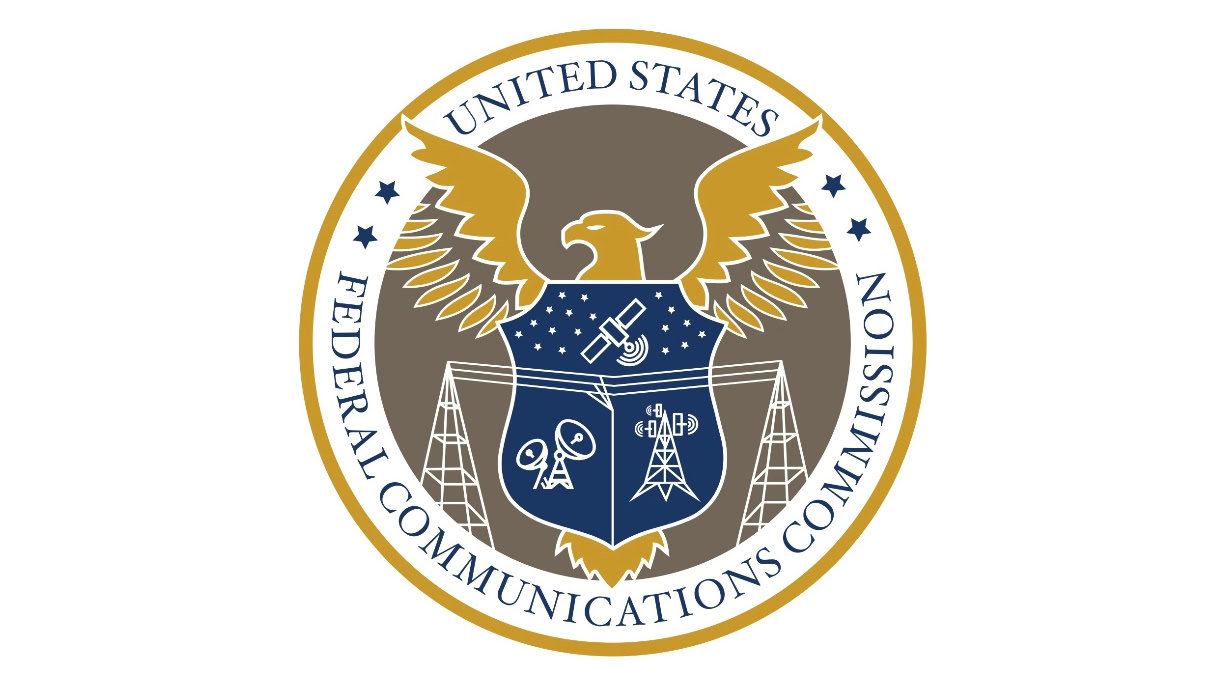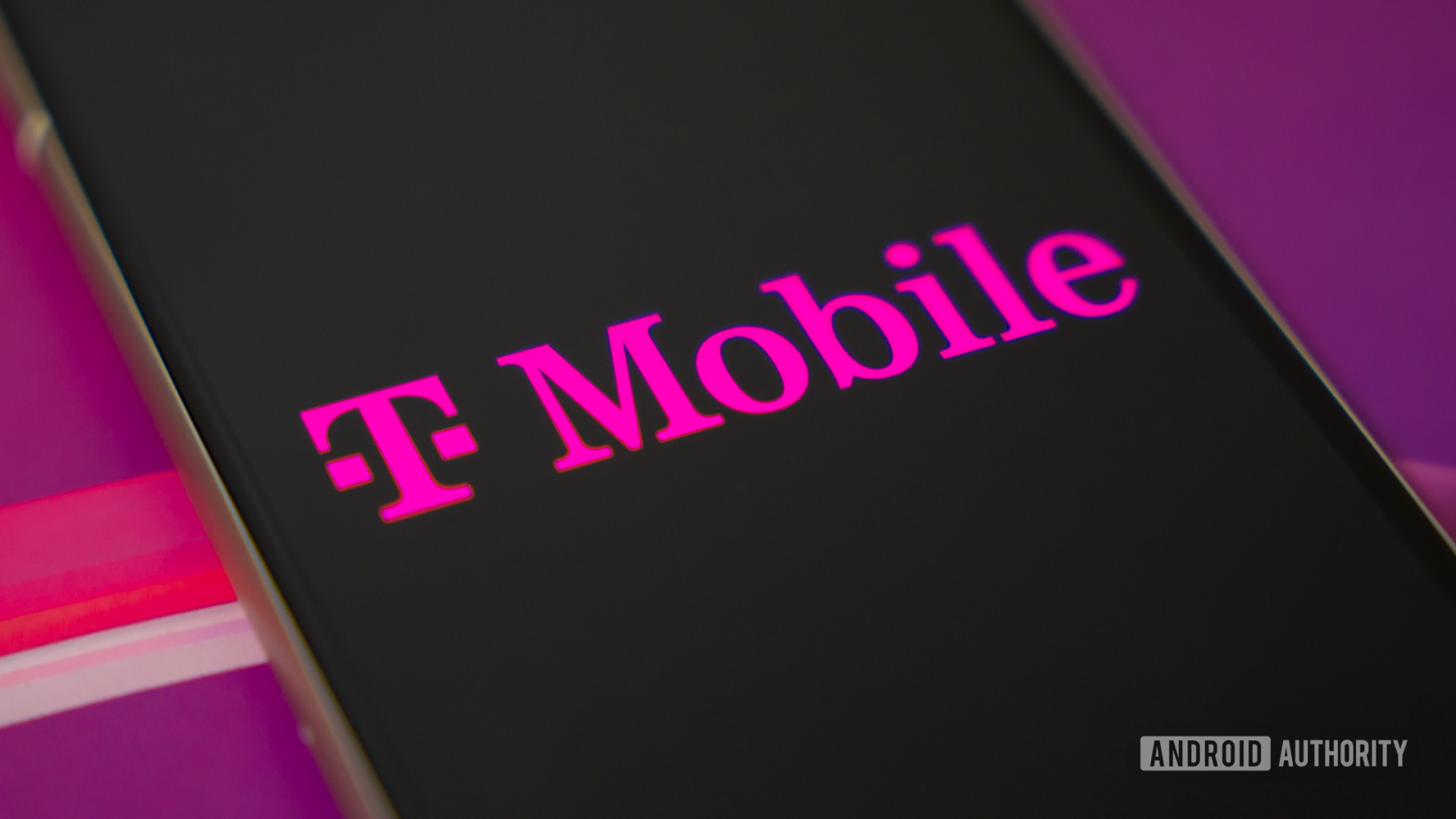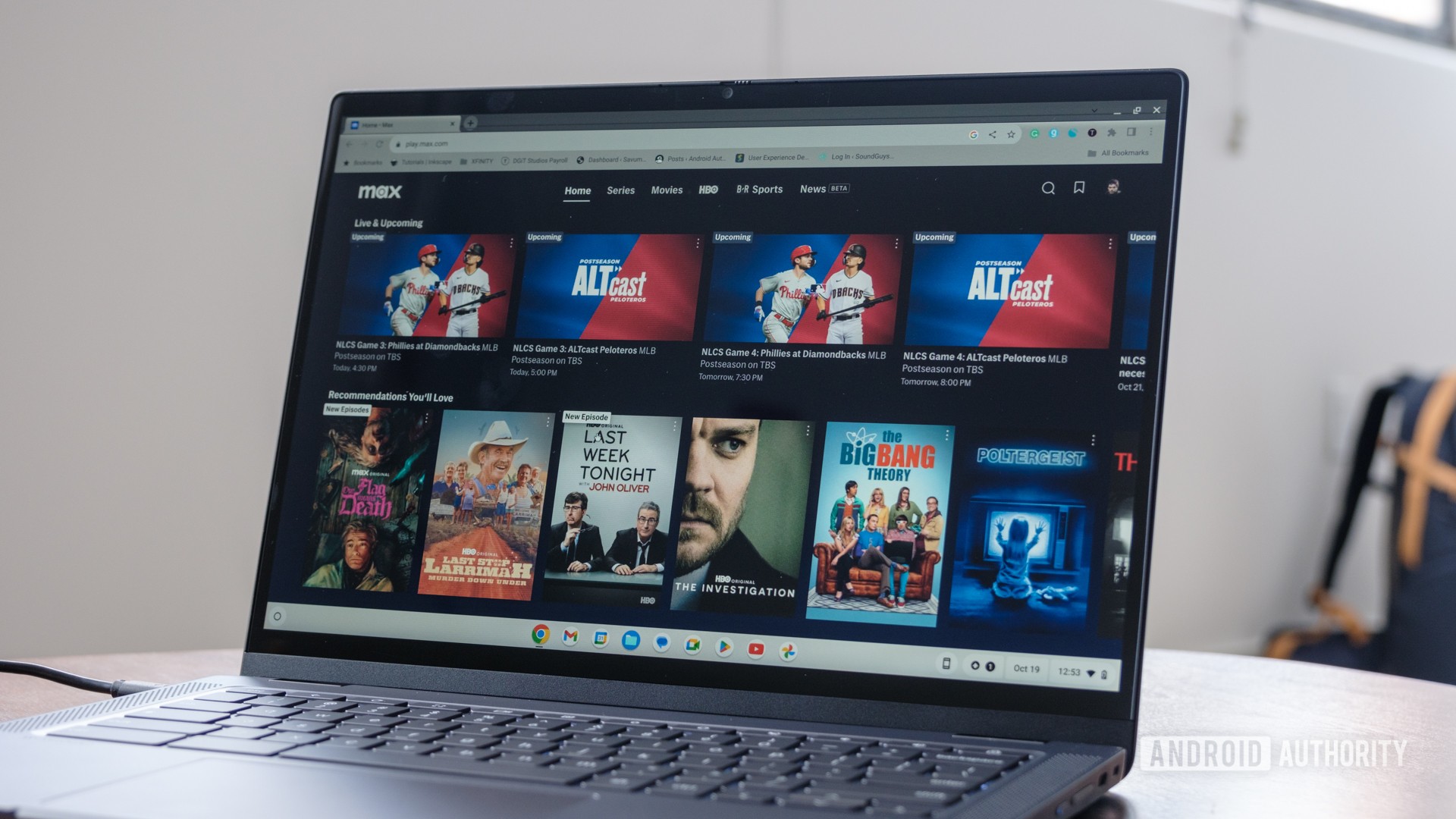Affiliate links on Android Authority may earn us a commission. Learn more.
There is still too much Net Neutrality confusion: Here's what you need to know
Published onMay 19, 2024

During the Trump administration, the United States officially rolled back net neutrality. Seven years later, the FCC has resurrected these policies from the dead. While net neutrality is back, there is still a lot of confusion and uncertainty surrounding it. Let’s dive deeper into the history of net neutrality, its current status, its pros and cons, and the future challenges it faces.
What is net neutrality, and why is it important?
Net neutrality refers to a set of policies first adopted by the FCC in 2015 that essentially treat the internet as a utility, similar to water, power, and telephone services. It also means that all web traffic is considered an equal priority.
This change gives the FCC additional regulatory controls over the Internet, including placing limits on how companies can distribute Internet access. Specifically, they cannot speed up or slow down certain sites over others, as this could lead to seedy partnerships and practices that would impair the free and impartial nature of the web today.
In short, net neutrality is about treating the internet like a public utility, limiting what ISPs can and can't do when it comes to routing internet traffic.
The main argument for net neutrality is that it prevents companies from promoting certain sites over others or artificially limiting access to certain internet speeds just to make people pay more or to control which sites they visit. Back when Trump threatened to remove net neutrality, there was a lot of talk about how this was the beginning of the end of the internet as we know it.
There was a legitimate concern at the time that ISPs might engage in practices like extreme internet throttling, blocking access to certain websites, and creating paid fast lanes that would favor certain services or users over others.
Years later, there have been changes but they were pretty subtle. Some ISPs excluded certain apps from data charges or unfair throttling practices. Of course, that doesn’t mean it couldn’t have gotten worse over time as ISPs became more emboldened, and so there’s still a strong argument for protecting the web.
How did Net Neutrality return and what other changes might it bring in the future?

Net neutrality restoration is the action of a 3-2 Democratic majority vote at the FCC on April 25, 2024. The new rules would reclassify ISPs under Title II of the agency’s congressional charter, providing the FCC authority to make future changes related to everything from national security to public safety.
The FCC has already spoken on some of the other issues that the change will help it address including internet outages, digital privacy, spam, robocalls, and even how high-speed internet access is distributed. For example, pushing new initiatives that prioritize parts of the country that are disadvantaged due to subpar internet services.
There’s also one difference between the new rulings and the old. The FCC no longer has stipulations that prevent overcharging or exorbitant fees since it has decided to forbear rate regulation. There’s at least a possibility this could return later though, especially if ISPs continue to hike prices at the crazy rates we’ve been seeing.
Net Neutrality policies aren’t without its detractors
As you can imagine, not everyone agrees with giving the FCC broader powers over the internet. On the political side, the Republican party has unsurprisingly blasted the change, including FCC Commissioner Brendan Carr. Speaking back in October of 2024 about the Biden administration’s plans to restore net neutrality, Carr had the following to say:
“There will be lots of talk about ‘net neutrality’ and virtually none about the core issue before the agency: namely, whether the FCC should claim for itself the freewheeling power to micromanage nearly every aspect of how the Internet functions — from the services that consumers can access to the prices that can be charged”.
Carriers and ISPs have also had their share of concerns. According to NPR, Johnathan Spalter, the CEO of USTelecom, claimed, “This is a nonissue for broadband consumers, who have enjoyed an open internet for decades.” USTelecom is a trade group that represents ISPs such as AT&T and Verizon, so you can bet that all the main carriers feel pretty much the same way.
It’s not just that it’s a non-issue. Reportedly, the changes could get in the way. Carriers fear the new policies could slow the adoption of new networks, technologies, and other changes that would ultimately be beneficial to consumers. More regulations, more problems — or so they say.

T-Mobile has been a bit more specific about its actual concern, stating that net neutrality could get in the way of network slicing.
Most arguments against the new change have to do with giving the FCC far-reaching powers, at least on paper. The reality likely has more to do with the possible costs associated with increased regulation.
In brief, network slicing is a newer technique that creates multiple virtual networks that sit on top of a shared physical network. This technology is important for use with new systems like 5G rollouts and more. For what it’s worth, public interest firm Public Knowledge argues that tech use cases are addressed already in the FCC’s policies under its “reasonable network management” clause.
The current reality suggests the biggest issue with the change is it means more regulation for carriers and ISPs, which leads to more costs. Businesses don’t like spending money they don’t have to and so this kind of pushback is completely unsurprising.
Does net neutrality really change anything for consumers?

For everyday consumers, net neutrality represents a promise to keep the internet free and open. In reality, the return of this policy won’t mean much to you directly. The internet didn’t turn into a dystopia over the last few years, and while there are likely ISP violations of the new policy out there, its return won’t signal a major change in the way the internet operates now. But at least we know this won’t change in the future.
Of course, there’s also a potential consumer downside to the change in net neutrality. As mentioned in the previous section, more regulation often leads to increased costs for businesses. As I said, businesses typically don’t want to absorb these costs, so it’s a standard practice to pass them on to their customers — that’s us!
In other words, long-term net neutrality might lead to slightly higher prices over time. Then again, prices were already rising due to our economy.
It’s also worth noting that some states implemented their own net neutrality policies after the federal repeal. These new rules will essentially render those state policies invalid, superseding them.
When will the new neutrality rules go into effect?
While net neutrality has been restored, it doesn’t necessarily go into effect immediately. The new rules will take effect 60 days after the FCC Order is published in the Federal Register. This has all happened now, so the rules should officially start in June, in theory. However, the reality may be much messier.
As we’ve mentioned, this change has its detractors from various quarters, including ISPs, carriers, political parties, and public interest groups. More than one lawsuit will likely emerge between now and then. It also remains to be seen whether these lawsuits can temporarily delay the implementation of the rules. For now, we anticipate that the rules will be reinstated, but the road ahead may be long and fraught with legal challenges.